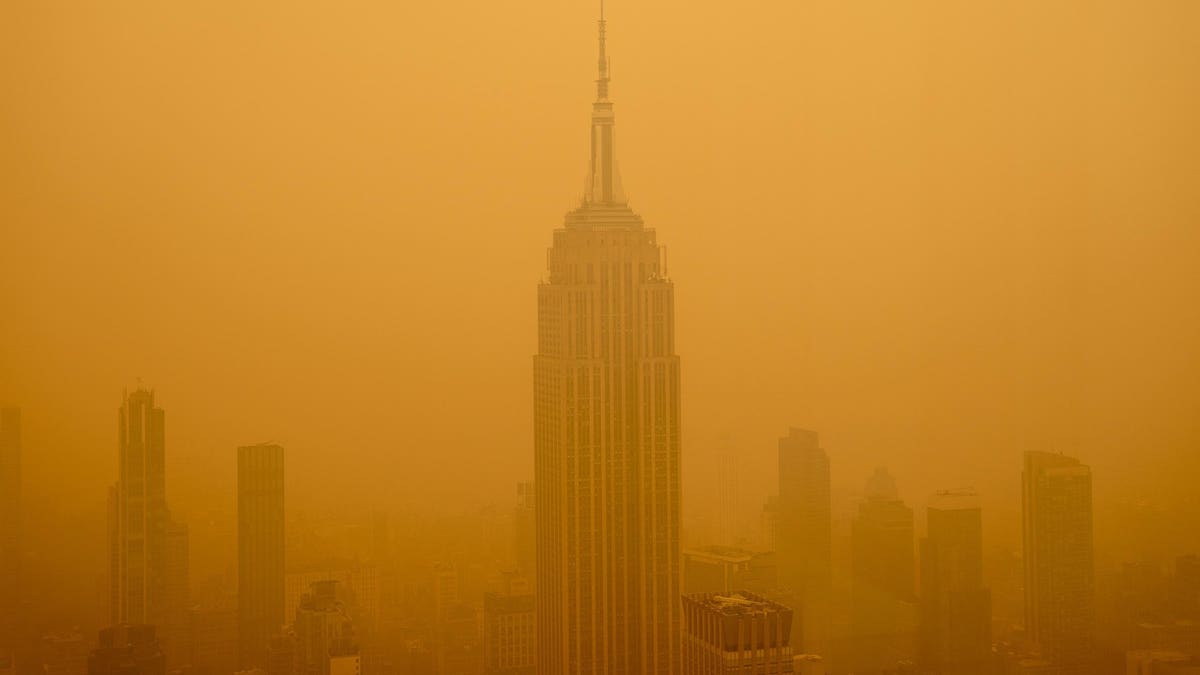“We’ve been building more and more in harm’s way” – Sean Kevelighan, CEO of the Insurance Information Institute
Here is an edited excerpt from this week’s CxO newsletter. To get this to your inbox, sign up here.
The haze here in New York has lifted from the wildfires in Canada, but we’re all gearing up for another year of record temperatures – exacerbated by developing El Nino conditions.
In addition to the costs to property, growth and human health, climate change is making it harder to insure against such risks. Sean Kevelighan, CEO of the Insurance Information Institute, notes average insured natural catastrophe losses have risen nearly 700 percent since the 1980s–most of which is due to people moving into areas that are prone to risks like wildfires.
“We’ve been building more and more in harm’s way,” says Kevelighan, who adds that nine of the top 10 record loss years for the industry have happened since the 2000s. That means rising rates or situations in which insurers exit a state altogether. (Insurance is regulated and priced at the state level.) “When you increase the risk, it also increases the price of that risk transfer tool.”
State Farm, which insured more than 20% of all homes in California last year, said last month that it would no longer sell new insurance policies for homeowners or business property owners in the state. While wildfires and rising construction costs were cited as major factors in that decision,
Kevelighan says insurers are also reacting to regulations that make it difficult to operate–such as California’s “antiquated” proposition 103. The law, which passed 35 years ago amid rising auto insurance rates, makes it almost impossible to set new premiums based on computer models that project future risks such as climate change–effectively capping rates. As a result, he says, companies can’t set prices to reflect the real risks.
In Florida, meanwhile, the risks are not just related to climate change but also a legal system that has let people hand their insurance claims to a third-party attorney or contractor who can fight in court to get them paid. The result has been a disproportionate amount of claims are fought in court–which recent reforms start to address. Check out the video above for more.
Meanwhile, here’s Columbia University climate economist Gernot Wagner on the real cost of wildfires.
Read the full article here










